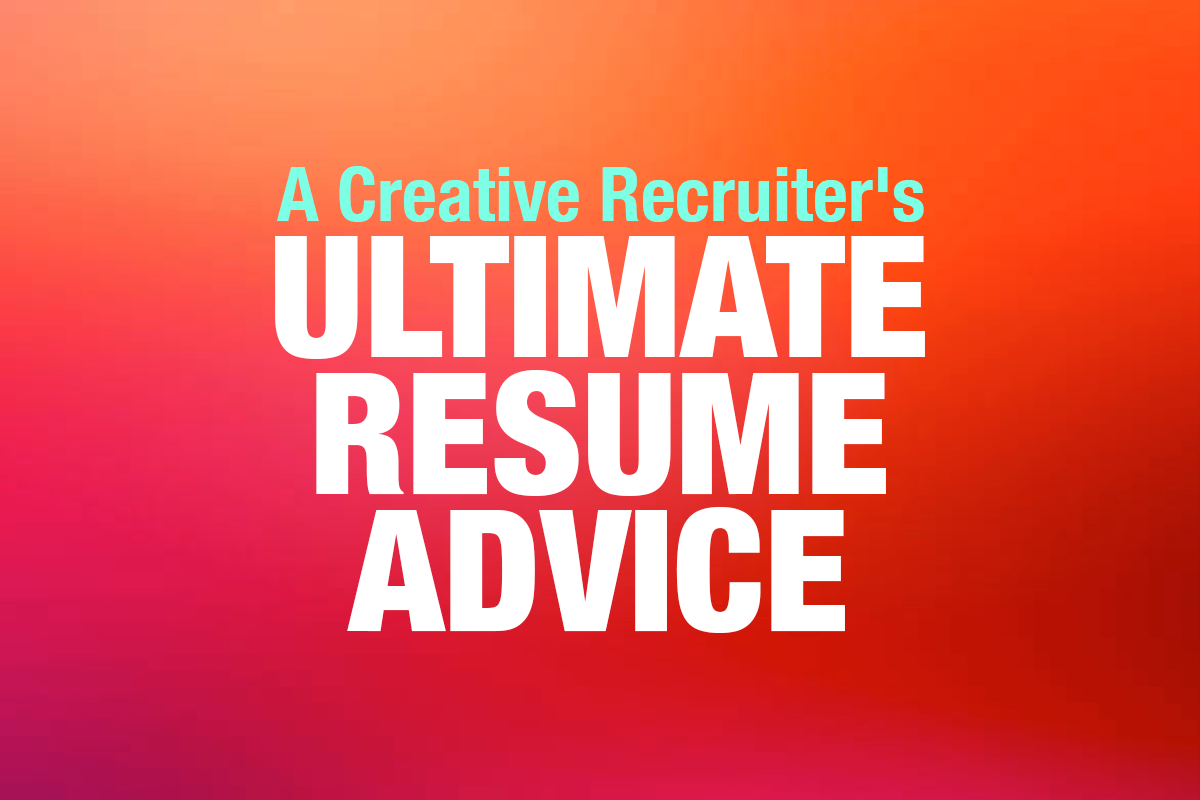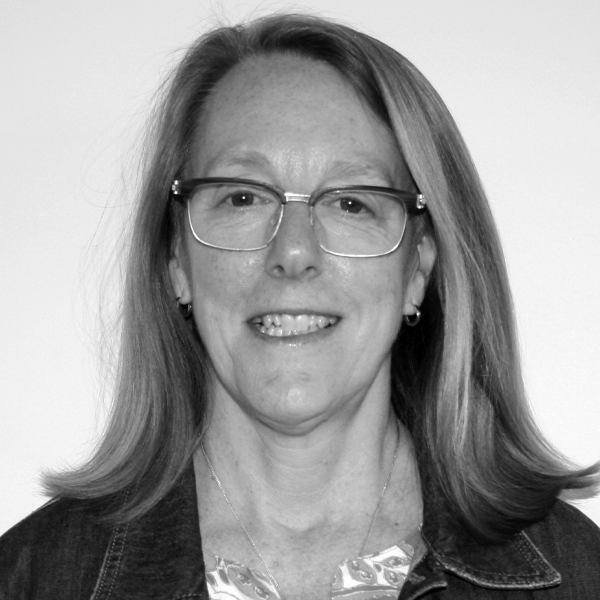Your resume is the direct line between a job description and your experience. It’s your path to interviews, meeting the hiring team and (hopefully) getting hired. Though it may sound daunting, there is a formula for creating a tailored, well-written resume. Here’s how:
Market research: Before even typing your name on a resume, take inventory of the job market. Learn about current hiring trends and how they’re affecting your industry. Talk to trusted people in your network, read trade publications and research jobs to understand what kind of market we’re in.
Personal career inventory: Consider where you’ve been and where you want to go. Whether it’s a career shift or the next logical step, know what you want to do. Looking for a job is a great time to reposition yourself and do more of what you like and less of what you don’t. Need help with this? We can refer you to a career coach.
Relevant language: Find job descriptions where you can do 70-80% of what is required. Highlight words, phrases and skills that apply to your experience and incorporate them into your resume. This is a huge part of the “direct line” that will move your resume along in the process. A word of caution, be honest by using language that is true to your experience.
There are online tools available such as Jobscan that can match your resume to a job description. If your resume is under an 80% match, you could be overlooked.
Highlight recent achievements: Emphasize your most recent experience by thoroughly explaining key accomplishments. Remove any details in past jobs that don’t support what you want to do or can’t be clearly described using relevant language. And yes, it’s generally true, there is no need to go back further than 10-15 years.
Format matters (a lot): Whether your resume is being scanned by an applicant tracking system (ATS) or a recruiter, you have seconds to make a positive impression. Use a simple layout with clearly marked sections and title headers, all written in a clear font. (Tip: google “resume fonts” – don’t use Times New Roman unless you are an accountant.)
The top third of your resume will be given the most attention, so take advantage of it by including the most important information about you in this section.
Now that you’re ready to create your resume, here’s what you can leave out:
- Photos. Leave that to LinkedIn.
- “References available upon request.” This is assumed and a waste of valuable resume space.
- Your references’ names and contact information. If required, they will be requested much later in the process.
- Typos. Before applying to any jobs, have at least three trusted grammar pros review your resume.
And here’s what you should include:
- Your full contact information. City and state, phone, email address, and if applicable, online portfolio link.
- Professional summary. This acts as the anchor to your resume and provides more of an opportunity to explain why you’re the right fit for a job.
- Employment dates. Months are not required but years are- not including them can create doubts.
- Quantifiable information. Use specific numbers and data points such as sales figures, money saved, number of products sold, etc. This provides concrete proof that you can do what your resume says you can.
If you’re in the marketing and creative space and would like to discuss your resume or job search, please reach out.

